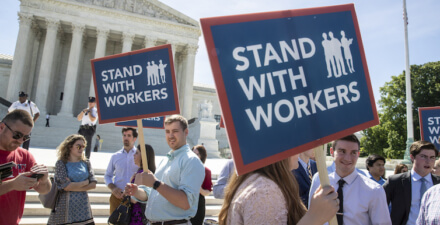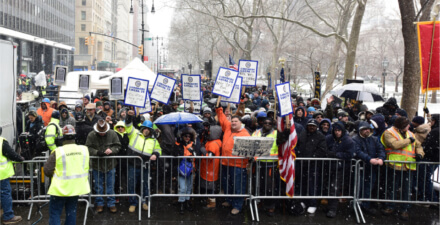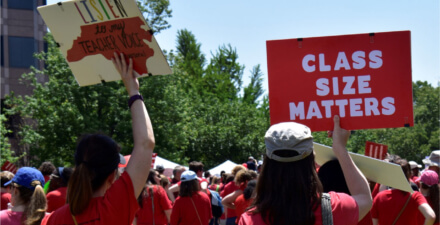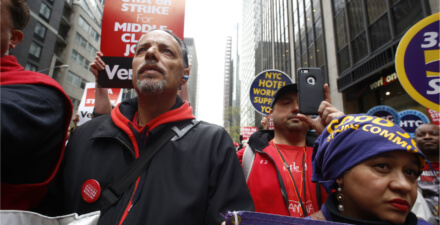‘Clean slate for worker power’ promotes a fair and inclusive U.S. economy
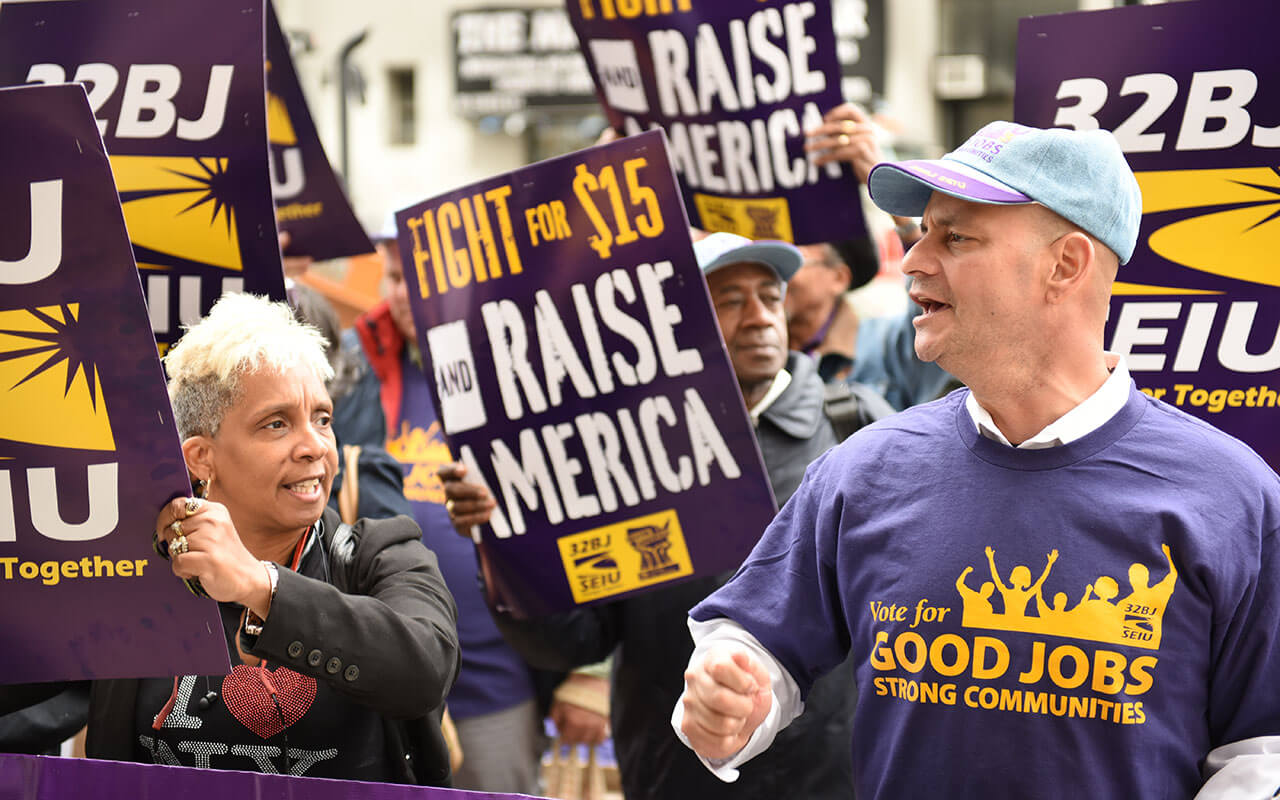
Harvard University’s Labor and Worklife Program, led by Sharon Block and Benjamin Sachs of Harvard Law School, recently launched its “clean slate for worker power” agenda addressing the dual crises of economic and political inequality in the United States. This policy report provides a series of recommendations to build a new vision for how the legal framework regarding organized labor can foster a rebalancing of power so that all workers can share in the gains of economic growth and be empowered in our democracy. Rather than focusing on reforming existing labor law, this clean slate agenda presents a wide-ranging collection of more up-to-date labor law proposals supported by evidence that shows that a vibrant labor movement with a focus on inclusiveness and with a variety of forms of representation can support wage growth and worker well-being across the U.S. income distribution.
This new labor policy initiative follows in the wake of a range of new exciting economics research that demonstrates the role of unions in ensuring labor market equity. In the paper “Unions and Inequality Over the Twentieth Century,” Henry Farber of Princeton University, Daniel Herbst of the University of Arizona, Ilyana Kuziemko of Princeton University, and Suresh Naidu of Columbia University find a clear inverse relationship between union density and income inequality in the United States. Similarly, the increasing attention to the role of monopsony in suppressing wages is seen in a recent Equitable Growth working paper by Mark Paul of the New College of Florida and Mark Stelzner of Connecticut College. The two economists demonstrate how collective action, such as union-led labor strikes, limit the ability of employers to exercise monopsony power and set wages at exploitative levels, yet importantly note that the right to strike relies on government support for labor movements.
These and other recent academic papers looking back into U.S. history and forward into the future of work highlight why the U.S. labor movement plays a role in ensuring workers can bargain to make sure they are paid equivalent to the value they contribute to a growing economy.
In order to ensure that a robust labor movement can address growing economic inequality, economists, policymakers, and union organizers alike also need to grasp the crucial role of racial and ethnic inequality in determining labor market outcomes. In this spirit, the clean slate agenda centers racial and ethnic equality as a goal of a robust labor law framework. This approach is key because historically, the U.S. labor movement has not focused on racial equity. Research needed along these lines could follow the lead of this study from 1990 by the late economist Rhonda Williams of the University of Maryland and legal scholar Peggie Smith of Washington University in St. Louis on Local 35 at Yale University (Local 35 is now part of the larger union UNITE HERE) that found the wage structure of the collective bargaining agreements covering maintenance workers at Yale upheld white male supremacy in wages.
More recent economics research finds that more inclusion of minority workers in the labor movement results in union representation becoming a force for narrowing racial and ethnic wage gaps. Research by the Economic Policy Institute finds that the union wage premium is higher for African American, Hispanic, and Asian workers—17.3 percent, 23.1 percent, and 14.7 percent, respectively—compared to a 10.9 percent union wage premium for white workers. And research by sociologists Jake Rosenfeld at Washington University in St. Louis and Meredith Kleykamp at the University of Maryland find that black workers are more likely to be represented by a union, demonstrating that this is due to “a protectionist theory of the labor movement,” in which marginalized workers are more likely to seek out employment covered by collective bargaining as a protection against racial discrimination.
In short, new evidence-based research shows that the historical legacies of racial inequality and recent rising income inequality and U.S. labor market monopsony all interact with the institutions that support worker power. These findings provide the foundation for establishing new directions for the U.S. labor movement and U.S. labor law.
In order to accomplish the lofty goal of rebalancing worker power, the clean slate for worker power agenda is designed to increase the types of activities organized labor can engage in and expand collective bargaining coverage for workers. The current labor movement relies on establishment-level bargaining, where unions oversee collective bargaining between workers and their immediate workplace if the union has won exclusive representation rights through support of a majority of the workforce in each workplace. This model is ill-equipped to track corporate power in a fissured workplace.
The clean slate agenda proposes graduated representation, which ranges from workplace monitors to partial union representation to exclusive representation. The agenda also establishes a path toward sectoral bargaining based on expanding prevailing wage laws, where the government establishes a floor for wages and benefits in a sector where a set threshold of collective bargaining coverage density is reached. This model would expand both coverage and equity, with easier representation within workplaces and more equity between workplaces.
The clean slate agenda also includes platforms to address the exclusion of certain types of workers from representation, such as incarcerated workers and workers with disabilities who have limited protections under current labor law, and the expansion of the labor movement tool box to include a broader range of union organizing and collective action such as strikes. The agenda also calls for the support of workers to engage in our democracy such as mandating paid time off for civic duties, including voting.
These new proposals in the clean slate agenda would shape the economic forces that determine individual and collective well-being so that the concerns of today’s economy, such as rising monopsony power and persistent racial inequity, are addressed through a rebalancing of power toward the workers who contribute to economic growth. The best evidence-based economic and other social science research underpins the importance of this initiative.

